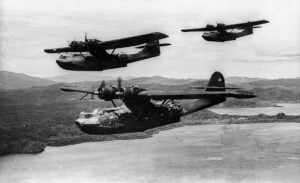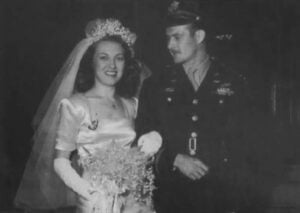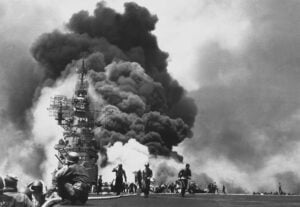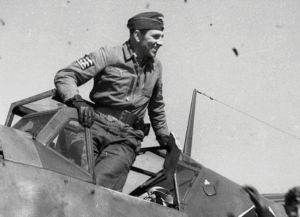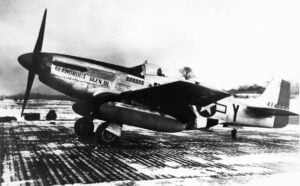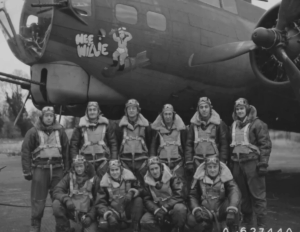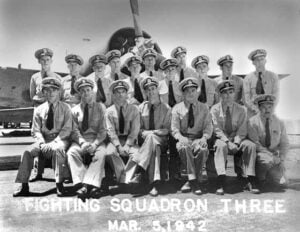Watch: Low-Flying WWII Spitfires Thunder Past at the Feel the Prop-Wash Airshow
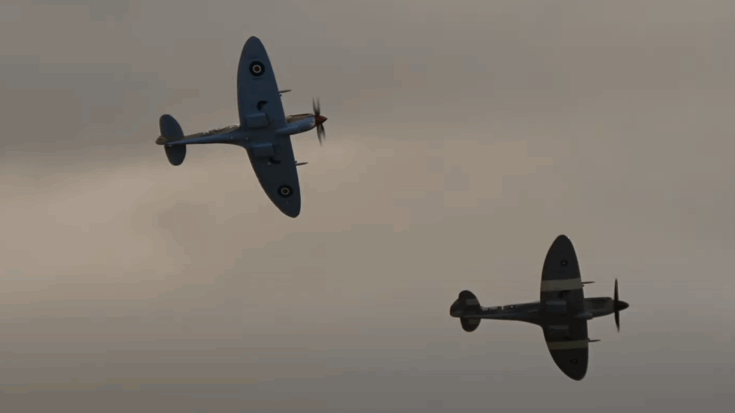
Historical Aviation Film Unit / YouTube
Icons of the Sky
The sight of two Spitfires slicing through the air still stirs emotions decades after World War II. At the Feel the Prop-Wash Airshow, spectators were treated to a rare moment—two of these legendary British fighters flying in close formation. The lead aircraft, a Spitfire Mk.XIV, thundered with the deep growl of its Rolls-Royce Griffon engine, while alongside it, the graceful Spitfire Tr.9 carried the lighter, higher note of the Rolls-Royce Merlin. Together, they represented two eras of the same design, evolving from the early days of the conflict to the postwar years of refinement and training.
The Mk.XIV, introduced in 1943, was a major leap forward in power and speed. Its Griffon engine gave it over 2,000 horsepower, allowing it to reach more than 440 miles per hour—fast enough to chase down the latest German interceptors. The Tr.9, developed later, was a two-seat version used for training new pilots in the years after the war. Painted in the markings of No. 81 Squadron RAF, it honors Group Captain Colin Gray, New Zealand’s top ace, whose name is remembered across Commonwealth aviation history.
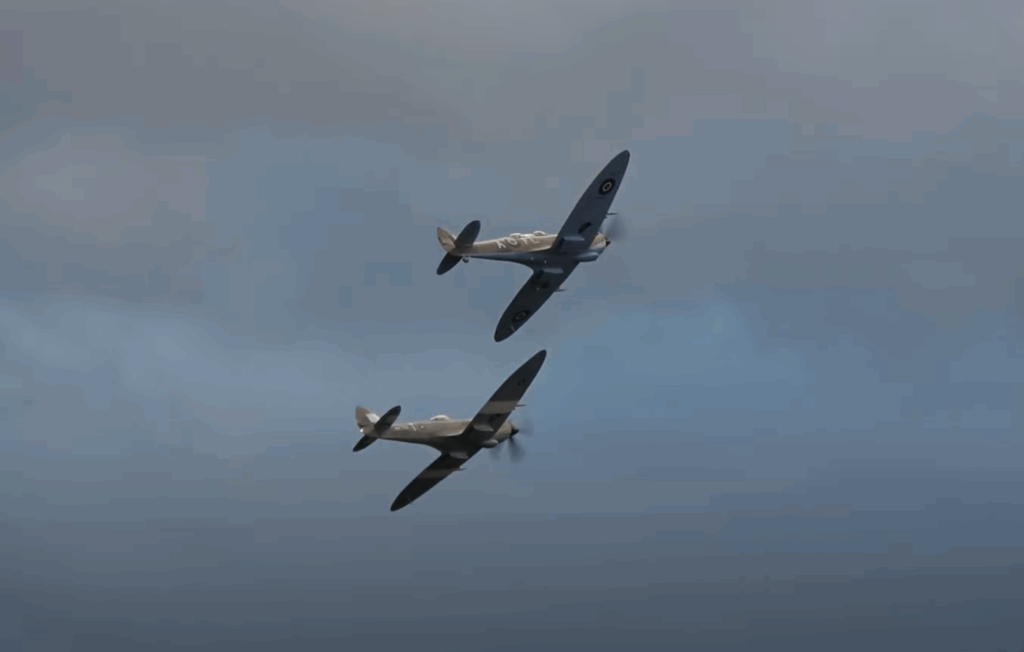
Design and Legacy
The Spitfire’s elliptical wings were more than elegant—they were a masterpiece of engineering that reduced drag and increased lift. Early versions carried eight .303-caliber machine guns, but as the war advanced, armament improved to include 20mm Hispano cannons and .50-caliber guns. This evolution gave the Spitfire both the firepower and agility to meet the changing threats of the air war.
More than 20,000 Spitfires were built across dozens of variants, serving in combat and later as trainers well into the 1950s. Today, when these aircraft roar overhead, they remind us of the innovation and skill that defined aviation’s golden age.
Keep going for the video below:














